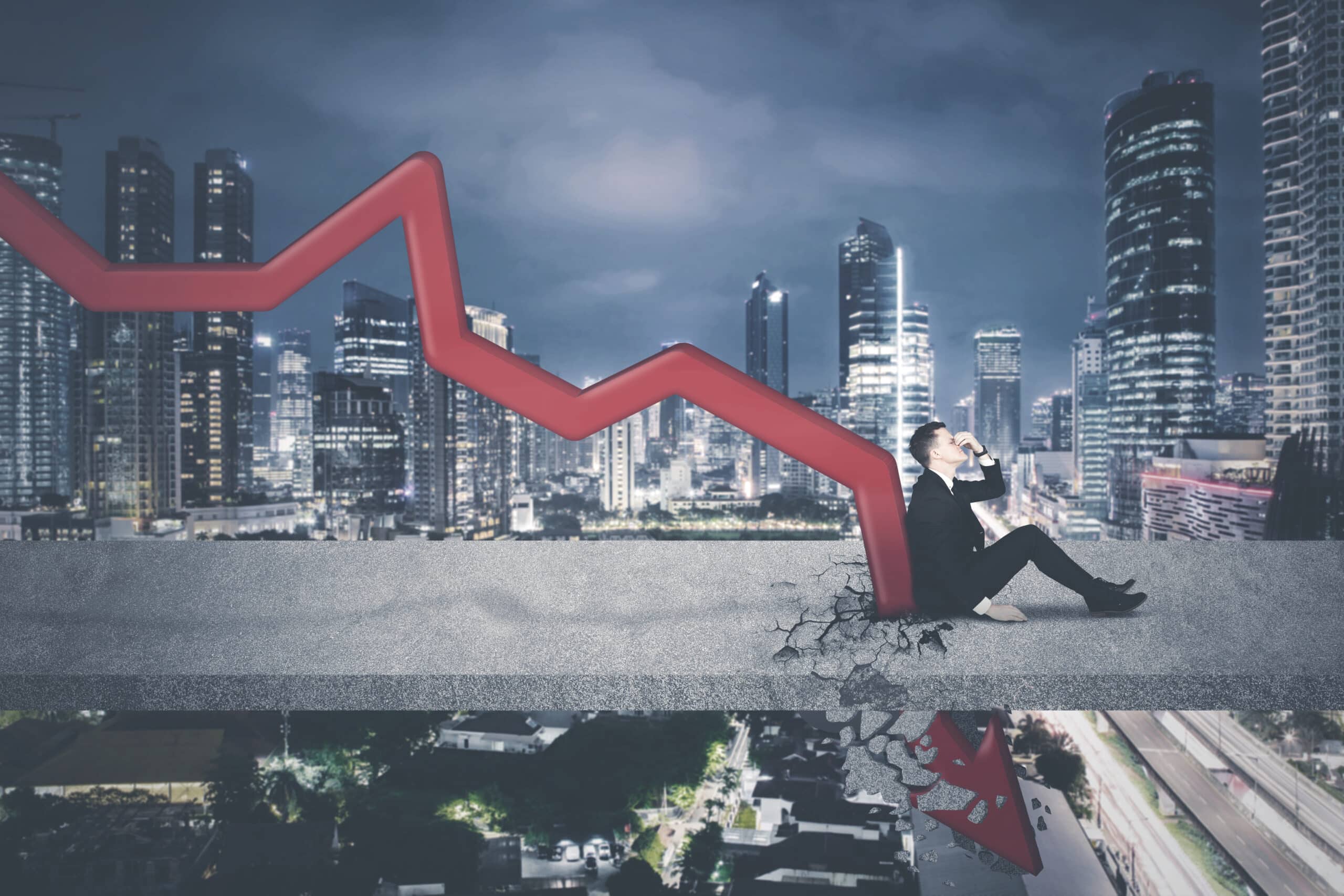According to the researchers, the difference between how long American men and women live has increased to 5.8 years in 2021, this is the largest gap since 1996, and it is also an increase from 4.8 years in 2010 when the gap was the smallest in recent history. The pandemic took a disproportionate toll on men, which was the biggest influence on increasing the gap from 2019 to 2021, this was followed by unintentional injuries and poisonings (which includes drug overdoses), accidents, and suicides.
“There’s been a lot of research into the decline in life expectancy in recent years, but no one has systematically analyzed why the gap between men and women has been widening since 2010,” said the paper’s first author, Brandon Yan, MD, MPH, a UCSF internal medicine resident physician and research collaborator at Harvard Chan School.
Overall, American life expectancy dropped in 2021 to 76.1 years, this is a decrease from 78.8 years in 2019 and 77 years in 2020. The shortening lifespan has been in part attributed to deaths of despair, which refers to the increase of deaths due to suicide, alcoholic liver disease, and drug use disorders that are typically connected with economic hardship, stress, and depression.
Prior to the pandemic the largest contributors to the life expectancy decrease and gap were unintentional injuries, suicide, homicide, heart disease, and diabetes. During the pandemic men were more likely to die from virus-related factors for a variety of reasons. The researchers noted that further analysis is required to determine if this trend changes after 2021.
“While rates of death from drug overdose and homicide have climbed for both men and women, it is clear that men constitute an increasingly disproportionate share of these deaths,” Yan said.
“We have brought insights to a worrisome trend,” Yan said. “Future research ought to help focus public health interventions towards helping reverse this decline in life expectancy.”
“We need to track these trends closely as the pandemic recedes,” said senior author Howard Koh, MD, MPH, professor of the practice of public health leadership at Harvard Chan School. “And we must make significant investments in prevention and care to ensure that this widening disparity, among many others, do not become entrenched.”




